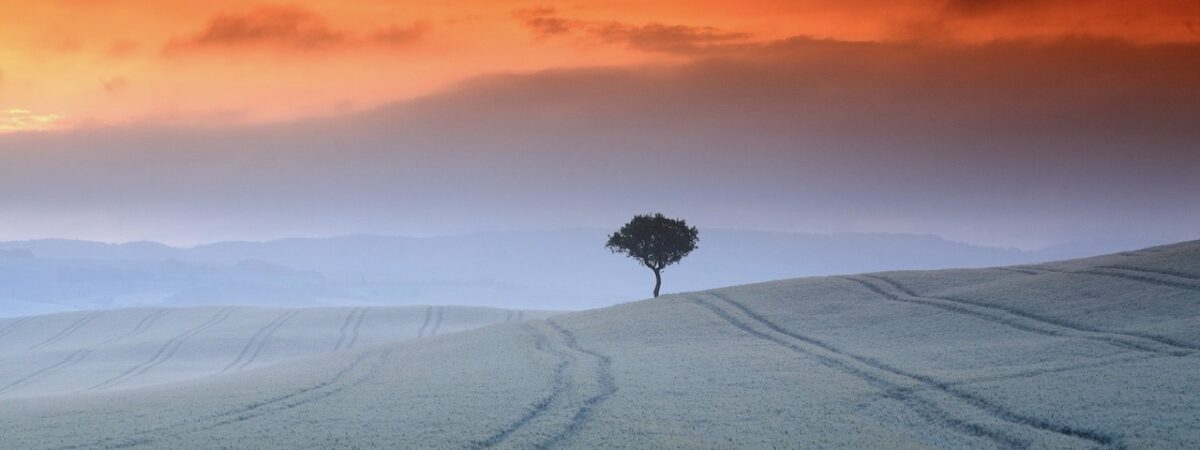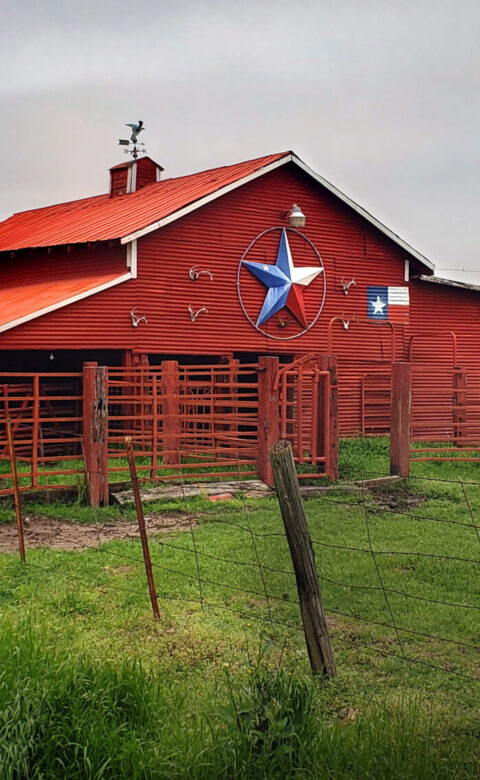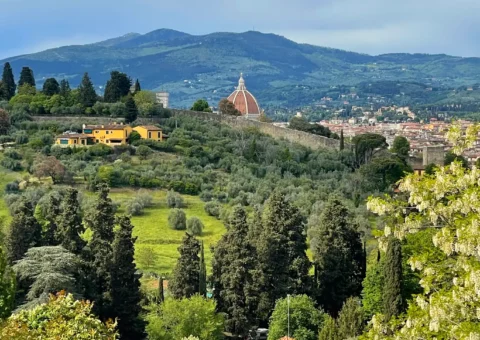Siena and its lands, parts of the ancient glorious Repubblica Senese, are still the same as in the 14th century, when my ancestors took part in the agricultural revolution happening in the most beautiful hills of Tuscany. They had one goal in mind: to live in communion and synchrony with the beauty found in every corner of the city and its territories.
Gentle green hills sway sinuously in perfect harmonious dialogue with the clear sky of my Tuscany.
Welcome to Val d’Orcia, both an echo of the past and the modern embodiment of a paradise. Where a traveller can marvel in the same way Christian pilgrims did during the Middle Ages when, at the borders of these lands, they slowly progressed along the Via Francigena southward towards the Eternal City, Rome.

Golden light, the scent of the laurel and the area’s unique atmosphere still dazzle the many visitors to this corner of Tuscany called Val d’Orcia. Let me take you to some of my favourite spots…
Among the most beautiful places to visit in this area is Pienza, a medieval village completely rebuilt in the 15th century by the architect Bernardo Rossellino. The village is famous for its Piazza Pio II, which is considered one of the most wonderful examples of a Renaissance square. We move on to Montalcino, known for its wine, Brunello di Montalcino. The village is perched on a hill and offers splendid views of the valley below.
Then there’s San Quirico d’Orcia, with its Romanesque church of San Quirico and Giulitta. Located in a historically strategic position, it sits at the crossroads of two important communication routes. We continue to Castiglione d’Orcia, notable for its Rocca Aldobrandesca. La Rocca is an imposing castle which dominates the village and the valley below.
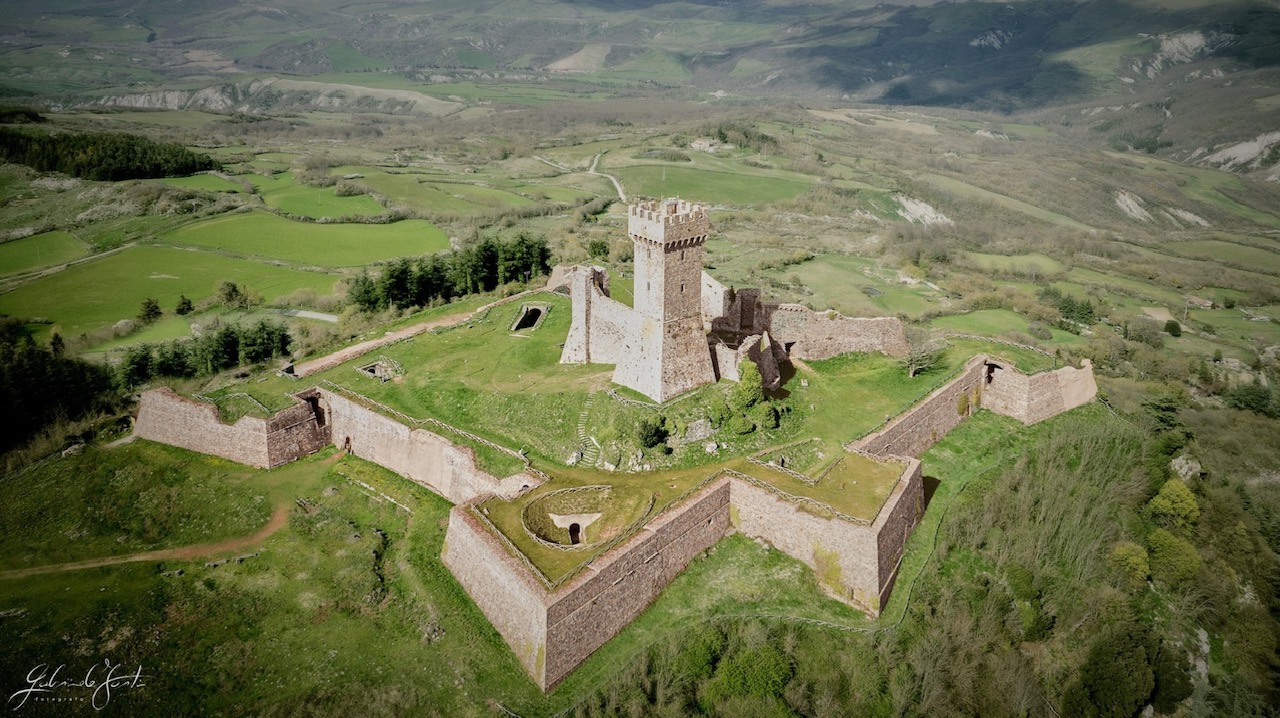
An irresistible stop for many tourists in the area, the famous cypresses of San Quirico are perhaps the most photographed trees in the world. These “Cipressini” have become a distinctive icon of the Tuscany region across the globe.
Also appealing to visitors is our fascinating heritage and history. This is a place built on aesthetic values. An ideal of beauty permeated the minds of the Senese citizens of the 14th century. All activity, from the practical (cultivating the land) to the more decorative (the ornamentation and design of architectural structures) had to correspond to aesthetic criteria that included harmony and order, and be capable of evoking peace and serving the Common Good.
Medieval historical documents tell us of the existence of the Beauty Officers, special local police in charge of checking that the city of Siena was indeed in good order and that every urban element was pleasing to the eye and an expression of splendour. These ideals persist in our surroundings, as Old Siena with its lands has been much the same for 700 years.
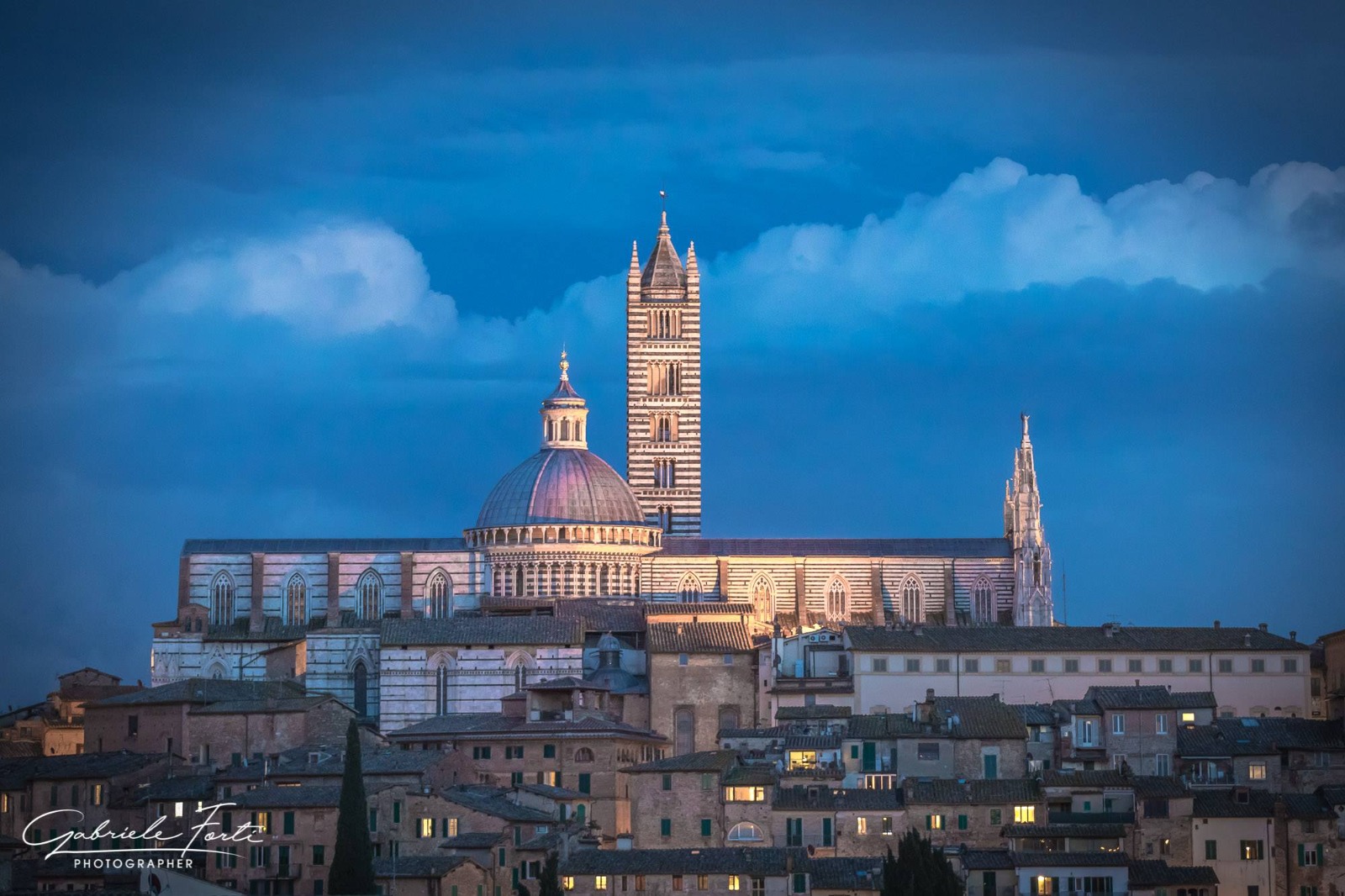
Being so lovingly preserved, it is no coincidence that the historic centre and the Crete Senesi, a clay lunar landscape located just outside the city walls, have been named a UNESCO World Heritage cultural site.
An image of the Crete Senesi can be seen in the famous frescoes by the Italian painter Ambrogio Lorenzetti, a pictorial cycle of scenes representing the Allegory and Effects of Good and Bad Government inside the Palazzo Pubblico, the town hall, in Siena.
There, on the eastern wall of the Sala della Pace, you can observe the countryside captured as it was in 1338 with its agricultural settings, highlighting the landscape’s distinctive characteristics and conveying the main theme of environmental care, with good government enabling the recreation of an Eden on earth.
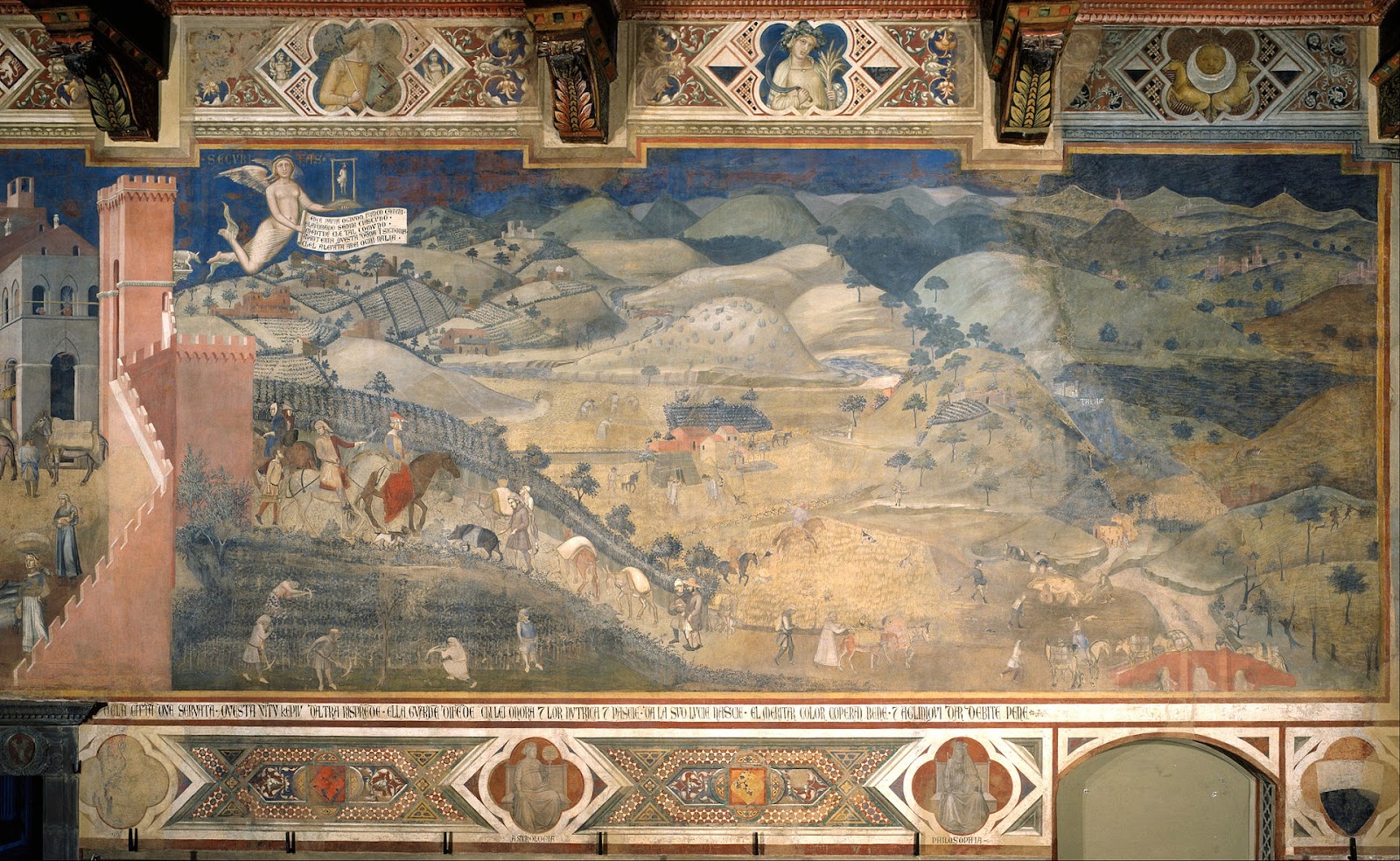
I can always feel my heart beating faster in Piazza del Campo when it’s crowded with people, imagining myself transported back to the time of the most famous Senese saint, San Bernardino da Siena — when all the city’s inhabitants and visiting pilgrims from the Via Francigena flocked to Siena´s majestic Gothic Cathedral, Il Duomo, to take part in his homilies.
Today you too can lose yourself, admiring the shell-like curve of the piazza, or getting swept up in the artistry of the Fonte Gaia which faces the Palazzo Pubblico. Look up and turn your gaze to the top of the palazzo’s symbolic torch-shaped tower; an allusion to a flame of pure light that illuminates this city that dedicated its foundation to the Virgin Mary.
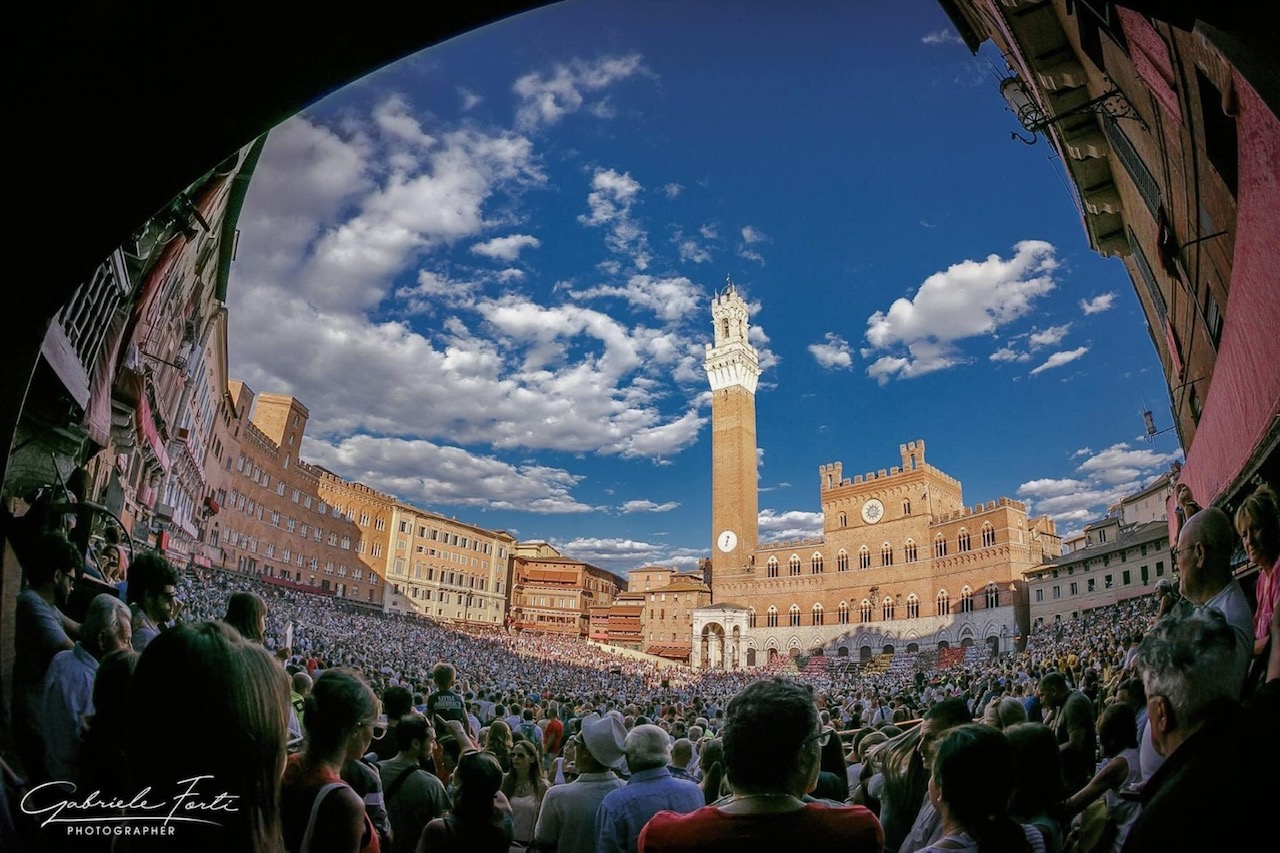
Siena is a city that has embodied beauty, strength and spirituality since ancient times. Since its founding, its history has been marked by great events that have shaped a new era throughout Europe. For centuries it has been a cultural and spiritual centre of notable importance, a point of reference for intellectuals of the Middle Ages and the Renaissance. Poets, scientists, saints and conquerors have passed through these same streets that I’m walking.
The many achievements of such a place couldn’t remain hidden, but it was the proximity of the Via Francigena that helped spread the word of the modernity that this city had achieved in the era — sometimes considered dark — of the Middle Ages. Perhaps the most important communication route of those times, the first representation of a primitive but enlightened form of tourism, this was the spiritual path that people travelled to reach the truth and knowledge of ancient Christianity.
When they set out, many of these travellers have committed to covering the Via Francigena’s vast total distance of about 2000km on foot; all the way from Canterbury in England to Rome. So it’s only fitting that these pilgrims are treated to a sight for sore eyes (and feet) as they approach Siena — taking in some of the world’s most beautiful scenery as they head into the final stages of their incredible journey.
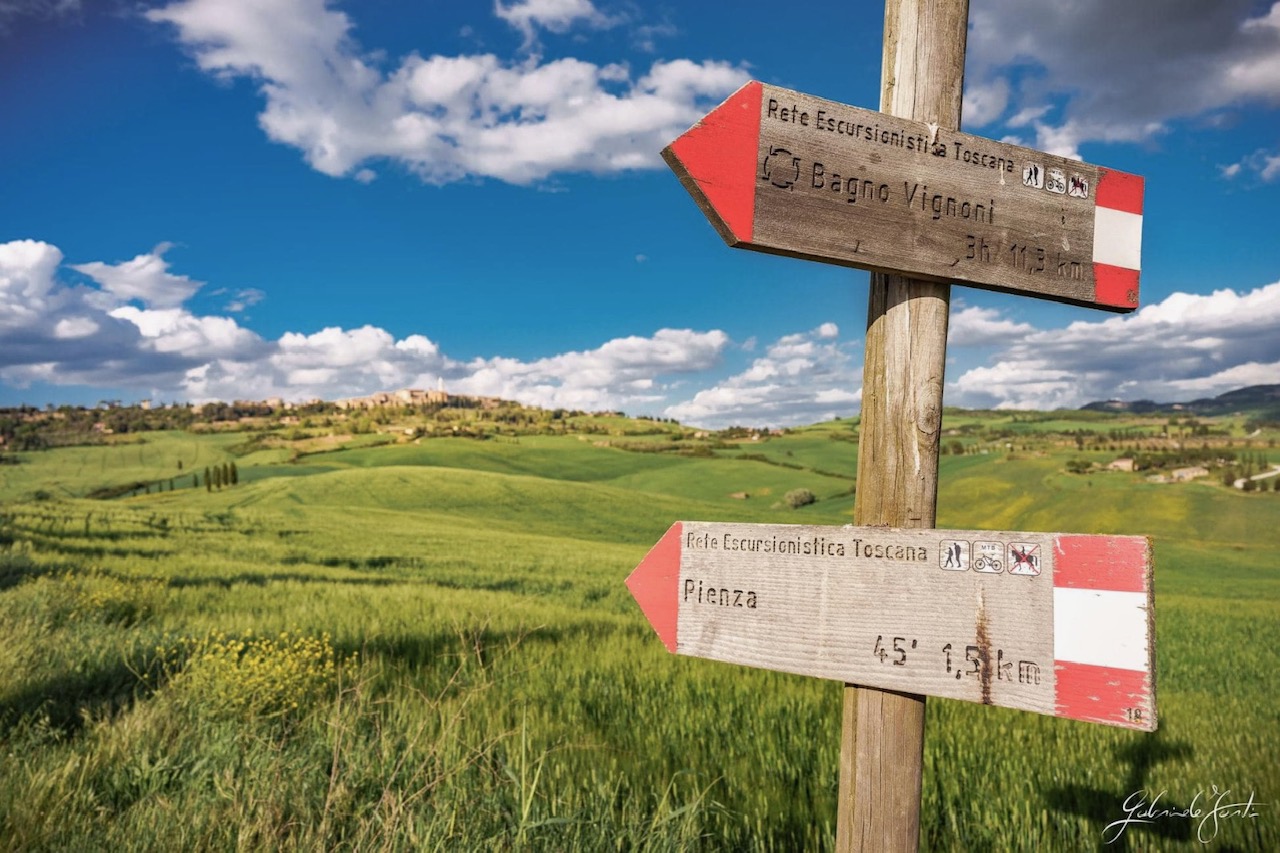
The writer wishes to thank Stefano Andrei for contributing to this article.

